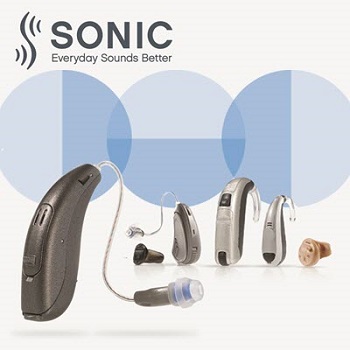
If you are suffering from hearing loss problem then you need to know about best hearing aids that are suitable for you to recovery your hearing loss problem. Hearing aids are electrical devices that assist perception of speech or other sounds, and they are used for mild to moderate to severe hearing loss by millions of people worldwide. Hearing aids vary in price according to selected style, electronic features.

You should be careful to remember that no matter how impressive a particular hearing aid manufacturer’s device may sound when you are told about it by the salesman, no hearing aids can yet restore normal hearing; but they do offer a substantial benefit to most persons with hearing loss.
Hearing aids are generally not covered by Medicare or commercial insurance and pricing varies according to the manufacturer, vendor, and service arrangements, so you will have to fund the purchase cost yourself.
Before you part with your money you should also bear in mind that even the best hearing devices will seldom last for more than 5 years before they will need replacement. This will therefore not be a one-off purchase cost.
Hearing aids are not a perfect solution either and they do have their limitations. The first hearing aids were all ‘analogue devices’ and based upon a direct amplifier similar to that in a hi-fi. However, it was soon recognized that most people with hearing difficulties can hear some notes but not others, and if the hearing aid was able to amplify the particular range of notes an individual person was unable to hear, by applying a selective filter, the resulting hearing improvement was much better than just amplifying every note equally.
The device which does this very well is called a digital hearing aid, and it is based upon computer technology which converts the sound to data, before filtering the sounds to amplify only those that the owner needs help to hear. The advent of digital technology has allowed this to be achieved in very small devices which can be programmed to only replace those parts of the sound spectrum that the purchaser needs to have amplified.
Now that these Digital hearing aids have become common, the buyer of a hearing aid needs to know that hearing aids are distinguished by their technology or circuitry. You will therefore probably be asked whether you want an analogue hearing aid, or a ‘digital’ version.
Both digital and analogue hearing aids look much the same, and usually consist of a battery-powered transistorized microphone/amplifier unit and an earpiece. Hearing aids vary in cost by size and by the type and sophistication of the electronic circuits used to improve your hearing. Digital hearing aid models cost more than analogue aids.
However, the additional cost is worth spending, if you can afford it, as digital hearing aids are said to offer the user a more accurate reproduction of sound, resulting in superior sound quality. This is because digital hearing aids take the continuous sound wave and break it up into very small, discrete bits of information. But, do be aware that many analogue hearing aids are advertised as digital or ‘digital programmable’ simply because they are programmed using a computer, but may not be as good as true digital aids.
This is due to the fact that acoustic programming is not nearly generally as flexible as programmable-and-digital hearing aids. There is ample qualitative and quantitative evidence that digital instruments outperform analog hearing aids. In fact, the circuitry and programming applied to the best fully digital hearing aids represents the state-of-the-art technology available today.